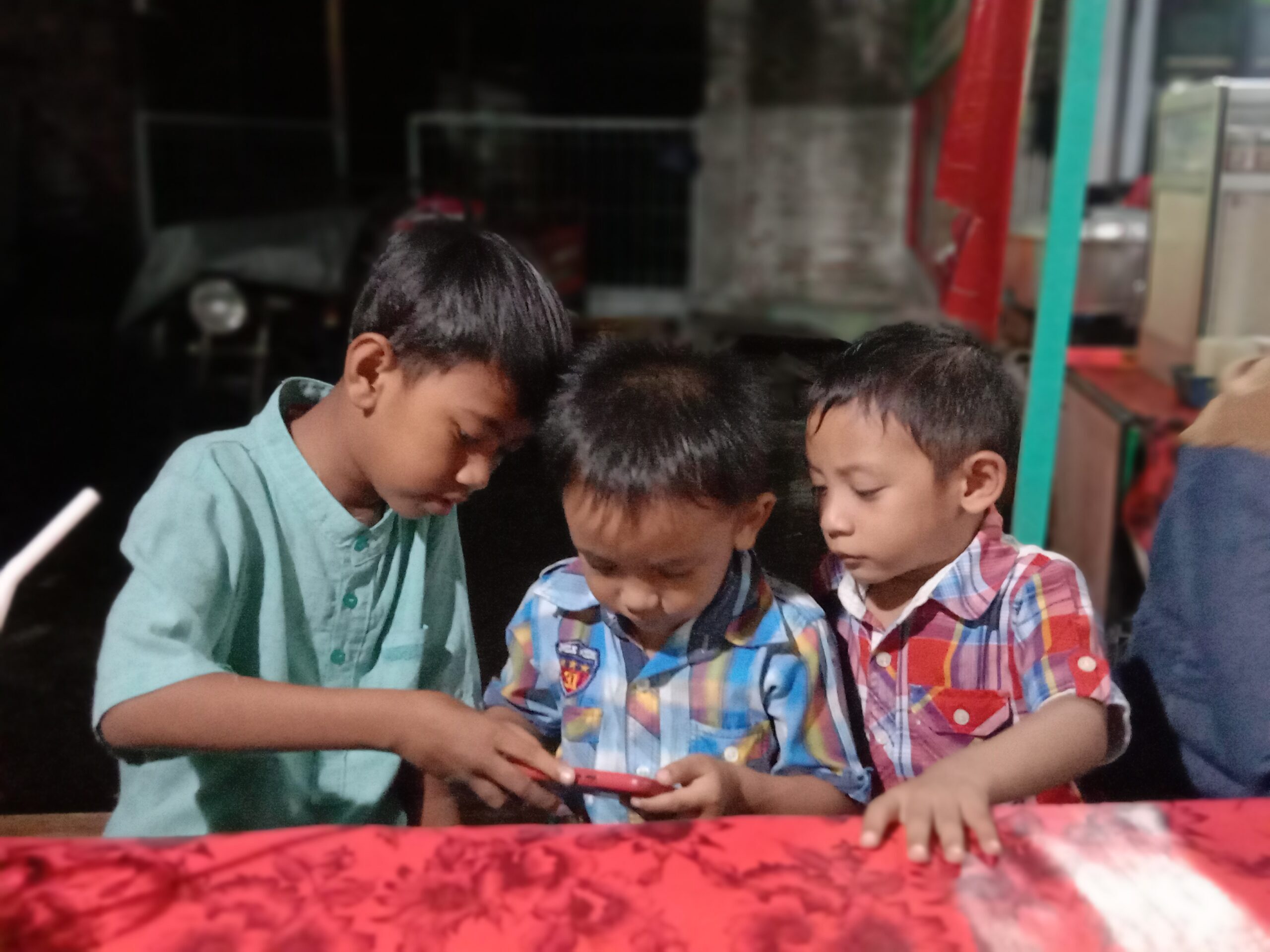Source >>>

Published March 21, 2021 by Huntley
Witten by Huntley Brownell and Andrew Stratton
Many readers of this blog are likely familiar with marteloscopes (if not, click here to read more). We think our story demonstrates the remarkable educational potential of this tool, and we would like to share it with you.
Our story begins deep in the Black Forest, outside of Freiburg in Germany. It was long, long ago, before corona times: the autumn of 2018. We were part of a group of MSc students studying Forest and Nature Management on a study tour from the University of Copenhagen, and we were brought to visit the Rosskopf marteloscope.
By now we all understand the limitations of virtual meetings; back then the forty of us, carefree and not at all socially distanced, took for granted the vibrant educational environment of in-person learning. With tablets in hand, groups of students and professors explored the marteloscope, observing, discussing, debating – sometimes passionately – the harvesting trade-offs we were considering in the exercise. Questions arose: how will our decisions affect stand biodiversity? How will the stand develop in the future if we harvest certain trees now? Are some microhabitats more important than others? What is biodiversity anyway? How much is that tree worth?
At the end of the exercise, we gathered for an animated final discussion. It was clear that everyone not only had a thought-provoking experience, but also had fun. In the course of the conversation, someone asked about carbon. Good conversations were being had about the trade-offs between management for biodiversity and economy, but forests are also in the headlines constantly as part of the discussion around climate change mitigation. How much carbon is stored in this marteloscope? And what happens if we harvest trees? What is the relationship between biodiversity, economy, and carbon? We could speculate about it, but we didn’t have any numbers.
The seed had been planted, though. This exercise had been a highlight of the trip and showed us all the potential of the marteloscope to inspire thought and discussion. We learned there was not yet a marteloscope in Denmark, but the University would love to have one for teaching. Interesting! We as MSc students were always on the lookout for a good thesis project, but merely establishing a plot would not be enough – we would also need a thesis question.
A new carbon module
By the time we were back in Copenhagen we had our question: could we use the marteloscope data set to calculate carbon stored in the plot, and further, could we model what the effects of harvesting would be? Would more carbon be removed from the atmosphere if we left the forest to grow, or if we harvested trees to use in wood products, while new trees grew in their place? If we could figure out this “carbon balance” we might gain insight into the overall question faced by foresters in our time: how can we best manage our forests to mitigate climate change, protect biodiversity, and also provide an economic benefit?

We learned that the Danish Nature Agency was connected with the European Integrate Network and was also interested in having marteloscopes established. We contacted Andreas Schuck and Sergey Zudin at the European Forest Institute (EFI,) who were of course enthusiastic and encouraging (and have provided generous support throughout the process). It was up to us to select an exact location for the marteloscope, which was challenging. What forest type should we focus on? Where in the country should they be located in order to be used – and can we find suitable stands near the university or forestry college? Where do we have enthusiasm from stakeholders we needed to involve? Our search was focused by helpful advice from Andreas and Sergey: think about how you want to use it – what discussions do you want to focus on, and where will it be most useful. We also hoped that our marteloscopes could contribute to the European network of marteloscopes by offering something different.
At this point, we began to think that one might not be enough. Wouldn’t it be better to have two? After all, forests in Denmark tend to be either conifer dominated or broadleaf dominated – shouldn’t both types be represented? We then needed to decide what type of forest management we should represent in the marteloscopes. In Denmark (as is the case elsewhere) there is growing interest in converting large even-aged monoculture stands to continuous cover stands. This is true particularly in the state-owned forests but some private forest managers, working with ProSilva principles, are also applying this form of management. We were excited about working at the intersection between university, government, and private forest owners; all are important stakeholders in forestry. And we were fortunate that we had enthusiastic backers in all corners.
Collaboration with private forest owners
In the end, with the help of the private Salten Langsø Forest administration we found an interesting uneven-aged conifer stand with a mixture of productive native and non-native species (including Abies grandis, Pseudotsuga menziesii, Picea abies and sitchensis, and Tsuga heterophylla) and with natural regeneration of various species. With all of the dynamics visible we thought there would be more scope for discussion than in a (perhaps more typical) monoculture stand. We suspected that it might also be unique across the marteloscope network with such a species mixture. So, with this site in western Denmark selected, we began to search for a broadleaf stand that would be near Copenhagen in the eastern part of the country. After many site visits and much conversation with one of our professors, Thomas Nord-Larsen, we found an interesting state-owned mixed beech and oak stand that was even accessible by public transport from the university.

Sites chosen, we began the fieldwork. It is a relatively straightforward data collection process, but thesis timing meant that we would be working in the winter. Many readers of this blog will recognize the challenges presented by a northern European winter – short days, low temperatures, and often water in some form falling from the sky. We were fortunatein that our professor Thomas and some of our friends and fellow students joined us to help despite all of that. It should also be said that some of the work is easier in the winter when the leaves are off of the broadleaves; for example, measuring tree heights and surveying tree crowns for microhabitats. We found ourselves racing to finish in spring 2020 as the leaves began to flush and the corona crisis began to unfold.

With the datasets complete, we began developing the carbon model. Using volume and biomass equations, it was relatively simple to calculate the carbon stored in the existing trees. The real key for us was information unique to the marteloscope data set: every tree is graded for quality, and volumes of quality grades are also calculated. With this information, and knowledge about who the wood is sold to when the tree is harvested, we could assume what sort of products the wood might end up in, and therefore how long it would last outside of the forest, continuing to store carbon. We also considered displaced emissions; if wood from our marteloscope were to be used in construction instead of concrete, for example, we could estimate those substituted carbon emissions.
Climate benefits of harvesting?
Hopefully, you will be able to read more about our results in an upcoming publication, but we found that (at least in our stands) in terms of climate mitigation, harvesting of trees in a continuous cover system through thinning provided an advantage in every case over leaving a stand to grow without harvesting. Of course, harvesting comes with trade-offs between climate mitigation, biodiversity, and economy. If carbon calculations could be incorporated into the marteloscope tablet software, this would allow users to see these trade-offs at an individual tree level. We think that this would make the marteloscope an even more valuable tool, enabling users – whether they are forest managers, students, or policy makers – to make more informed forest management decisions.
If we have better insight about how it may be possible to manage forests for both climate benefit and increased biodiversity, it could inform many discussions taking place today. Including carbon considerations into Integrated Forest Management is in some ways a missing piece of the puzzle.
We hope that our story demonstrates the power of the marteloscopes as a learning tool. We first visited a marteloscope as students, were inspired by the learning that took place there, and then had the opportunity to bring that back with us, build on it, and work to continue passing it on to others. Isn’t that how education and science are supposed to work?
Published in Climate change, education, Forest conservation, Forest Education, Forest Resilience, Forest Trends, Integrated Forest Management, Marteloscopes, research and Uncategorized

